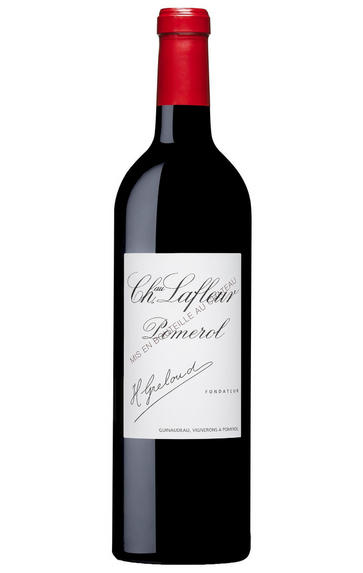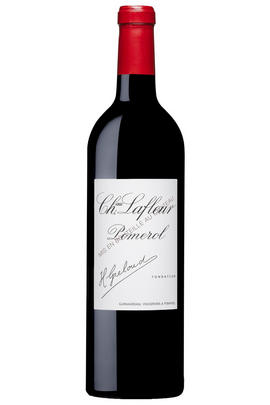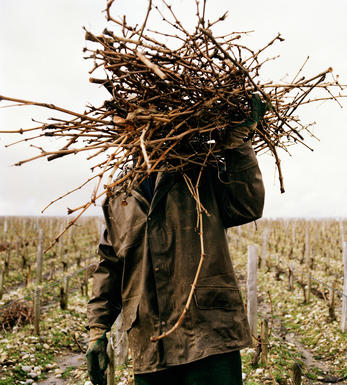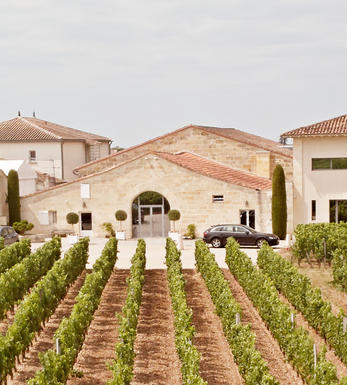
2016 Château La Fleur-Pétrus, Pomerol, Bordeaux

Critics reviews
Lisa Perrotti-Brown - 30/11/2018
James Suckling - April 2017
About this WINE

Chateau la Fleur-Petrus
Château La Fleur-Pétrus is a Pomerol estate that has been owned by Jean Pierre Moueix (who also owns Pétrus and Trotanoy) since 1952.
Four years after it was purchased, Bordeaux was hit by its worst frosts in living memory and most of the vineyards at Lafleur-Pétrus were destroyed and had to be replanted. La Fleur-Pétrus's 9.08 hectare vineyard is on a plateau east of Pomerol sandwiched between Lafleur and Pétrus. The soils are rich in gravel and the vineyard is planted with 90% Merlot and 10% Cabernet Franc.
La Fleur-Pétrus's grapes are hand-harvested and then fermented in temperature-controlled concrete vats. The wine is then aged in small oak barriques (50% new) for 18 months. Lafleur-Pétrus produce elegant, smooth and refined Pomerols that, whilst lacking the concentration and intensity found in Pétrus, are still amongst the finest wines of the region.

Pomerol
Pomerol is the smallest of Bordeaux's major appellations, with about 150 producers and approximately 740 hectares of vineyards. It is home to many bijou domaines, many of which produce little more than 1,000 cases per annum.
Both the topography and architecture of the region is unremarkable, but the style of the wines is most individual. The finest vineyards are planted on a seam of rich clay which extends across the gently-elevated plateau of Pomerol, which runs from the north-eastern boundary of St Emilion. On the sides of the plateau, the soil becomes sandier and the wines lighter.
There is one satellite region to the immediate north, Lalande-de-Pomerol whose wines are stylistically very similar, if sometimes lacking the finesse of its neighbour. There has never been a classification of Pomerol wines.
Recommended Châteaux : Ch. Pétrus, Vieux Ch. Certan, Le Pin, Ch. L’Eglise-Clinet, Ch. La Conseillante, Ch. L’Evangile, Ch. Lafleur, Trotanoy, Ch. Nenin, Ch. Beauregard, Ch. Feytit-Clinet, Le Gay.

Cabernet Sauvignon Blend
Cabernet Sauvignon lends itself particularly well in blends with Merlot. This is actually the archetypal Bordeaux blend, though in different proportions in the sub-regions and sometimes topped up with Cabernet Franc, Malbec, and Petit Verdot.
In the Médoc and Graves the percentage of Cabernet Sauvignon in the blend can range from 95% (Mouton-Rothschild) to as low as 40%. It is particularly suited to the dry, warm, free- draining, gravel-rich soils and is responsible for the redolent cassis characteristics as well as the depth of colour, tannic structure and pronounced acidity of Médoc wines. However 100% Cabernet Sauvignon wines can be slightly hollow-tasting in the middle palate and Merlot with its generous, fleshy fruit flavours acts as a perfect foil by filling in this cavity.
In St-Emilion and Pomerol, the blends are Merlot dominated as Cabernet Sauvignon can struggle to ripen there - when it is included, it adds structure and body to the wine. Sassicaia is the most famous Bordeaux blend in Italy and has spawned many imitations, whereby the blend is now firmly established in the New World and particularly in California and Australia.


Buying options
Add to wishlist
Description
The soils here are gravel over a deep, clay, iron-rich subsoil. The 2016 has a pleasing nose of blackcurrant and red fruits, and a suave, bright, silky texture finishing bright and super fresh. Very elegant.
Blend: Merlot 91%, Cabernet Franc 9%
wine at a glance
Delivery and quality guarantee